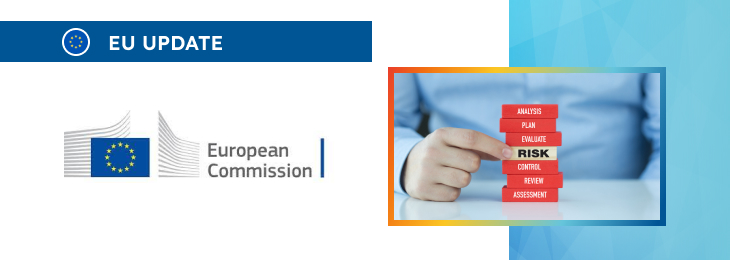The new article elaborates further on the aspects related to risk management in the context of medical devices to be used in the course of clinical investigations.

Table of content
The Medical Device Coordination Group (MDCG), an advisory body focused on further improvement of the medical device regulatory framework, has published a guidance document dedicated to the content of the Investigator’s Brochure for clinical investigations of medical devices.
The document provides an overview of the regulatory requirements set forth under the existing legal framework, as well as additional clarifications and recommendations to be taken into consideration by medical device manufacturers, study sponsors, and other parties involved in operations with medical devices intended to be marketed and used in the EU.
In particular, the guidance describes the approach to be followed with respect to existing clinical data already available to the party responsible for a medical device in question.
Literature Review and Device Comparison
One of the aspects covered in the guidance relates to the literature review and device comparison. According to the document, the regulatory requirements necessitate the inclusion of existing clinical data in the Investigator’s Brochure (IB).
This includes insights from scientific literature with respect to the device’s safety, performance, and clinical benefits associated thereto. Additionally, the parties responsible for medical devices are expected to add the data pertaining to equivalent or similar devices, including their time on the market, performance reviews, and any corrective actions taken.
Moreover, ongoing and completed clinical investigations with the investigational device must be summarized, and presented in a summary table. Furthermore, it is stated that the equivalence claims with previous generations or competitor devices should align with the relevant regulatory provisions and guidance.

Clinical Investigation Overview
According to the guidance, a comprehensive overview of previous clinical investigations is vitally important, with a special focus on site details, safety and performance outcomes, and analysis of adverse events. For phased clinical studies, updates to the IB are recommended, particularly concerning any significant findings such as serious adverse events (SAEs).
Furthermore, for devices evaluated beyond their intended purpose or with previous generations, summaries of safety reports are required, including Periodic Safety Update Reports (PSUR) or Post Market Surveillance Reports (PMSR).
Compassionate Use
The document states that in instances of compassionate device use, detailed descriptions of the extent of usage and pertinent findings, if available, should be provided within the IB.
Risk Management of the Investigational Device
The scope of the guidance also covers the aspects related to the risk management approaches and methods in the context of medical devices used in clinical investigations.
- Benefit-Risk Analysis: According to the guidance, the IB should include a comprehensive summary of the benefit-risk analysis and risk management strategies. This covers identifying known or foreseeable risks, undesirable side effects, contraindications, and warnings associated with the device. It is also important to mention that sponsors must address any differences in device use and potential new risks arising from such variances. Reference to international standards and consensus guidance are also important for robust risk management.
- Risk Management Process: It is further explained that the structured risk management process is vitally important, including risk analysis, evaluation, and control/mitigation. Techniques such as HAZOP, FMEA, and FTA should be employed in combination to ensure thorough risk identification and management. In addition to that, estimation scales for probability and severity, along with rationales for their selection, should be duly documented as well. Risk control measures should prioritize risk elimination/reduction through safe design and manufacture, supplemented by protective measures and effective communication of safety information.
Anticipated Serious Adverse Events (SAEs) and Serious Adverse Device Effects (SADEs)
Sponsors are expected to anticipate the frequency of SAEs and SADEs based on internal risk management assessments, presenting outcomes in tabular format within the IB.
This facilitates risk assessment and safety follow-up during clinical investigation. Moreover, the MDCG mentions that linking anticipated SAEs/SADEs to standardized codes supports global safety monitoring throughout the device lifecycle.
Safety Analysis and Reporting
According to the guidance, the IB serves as a cornerstone document for safety analysis, aiding in determining changes in the benefit-risk ratio due to reported SAEs/SADEs.
Timely notification of substantial modifications and updates to the IB during clinical investigation are vitally important, ensuring alignment with evolving safety data and regulatory requirements.
Conclusion
In summary, the Investigator’s Brochure serves as a comprehensive repository of existing clinical data and risk management strategies, facilitating informed decision-making and ensuring patient safety throughout the device lifecycle. The present guidance outlines the key elements of the IB and provides the recommendations to be followed to ensure the completeness of the information included.
How Can RegDesk Help?
RegDesk is a holistic Regulatory Information Management System that provides medical device companies with regulatory intelligence for over 120 markets worldwide. It can help you prepare and publish global applications, manage standards, run change assessments, and obtain real-time alerts on regulatory changes through a centralized platform. Global expansion has never been this simple.

